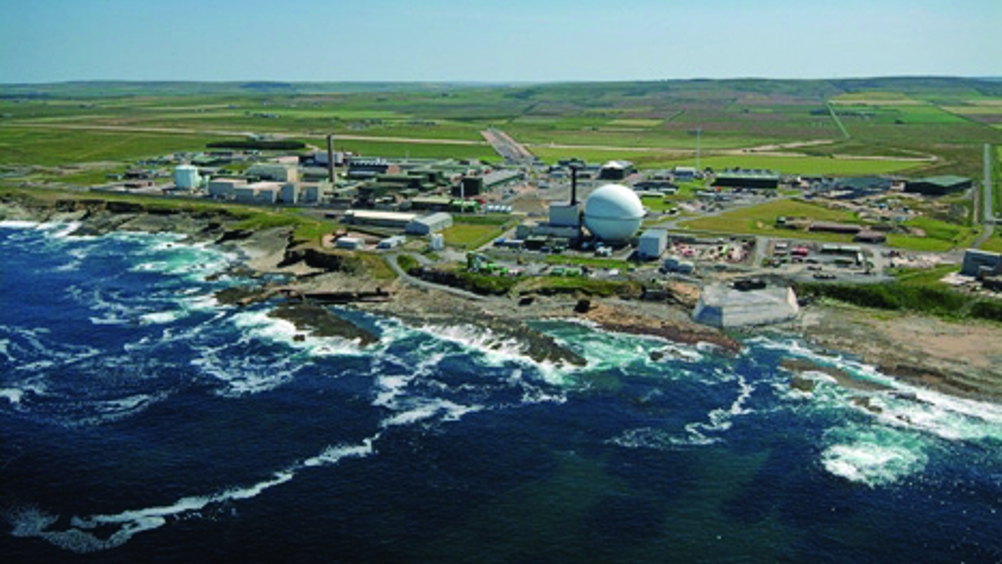Councils to be given green light to sell electricity
A ban on councils selling green electricity into the national grid is to be overturned, UK climate change secretary Chris Huhne said today as the carbon footprint of every local council in England was published.

Huhne wants local councils to be allowed to sell electricity they produce from renewables to the national electricity grid.
’It’s ridiculous that the 1976 Local Government Act prevents councils from selling electricity from local wind turbines, or from anaerobic digestion,’ he said.
’I want to see this repealed and by the end of the year I hope local authorities will be able to sell electricity from renewables - generating revenue to help local services and keep council tax down.’
The carbon footprint of every local council in England was also published today for the first time. The new figures calculate the CO2 produced by councils in powering and heating their buildings, such as libraries, schools and leisure centres, as well as emissions from business travel, fleet vehicles and even refuse trucks.
Huhne said: ’By calculating their own emissions and the estimated costs of energy use, local councils will be able to identify how to save emissions and save money. These new statistics should put energy wastage and energy efficiency at the forefront of the minds of councillors and council officials.’
Register now to continue reading
Thanks for visiting The Engineer. You’ve now reached your monthly limit of news stories. Register for free to unlock unlimited access to all of our news coverage, as well as premium content including opinion, in-depth features and special reports.
Benefits of registering
-
In-depth insights and coverage of key emerging trends
-
Unrestricted access to special reports throughout the year
-
Daily technology news delivered straight to your inbox










UK Enters ‘Golden Age of Nuclear’
The delay (nearly 8 years) in getting approval for the Rolls-Royce SMR is most worrying. Signifies a torpid and expensive system that is quite onerous...